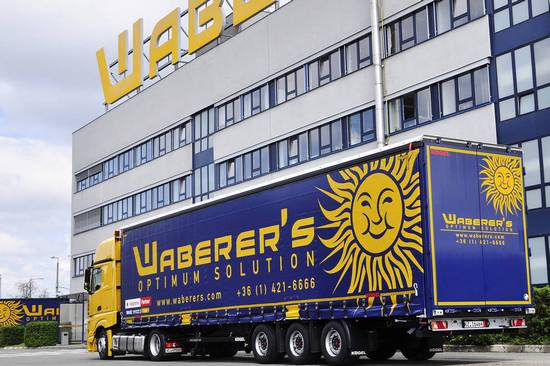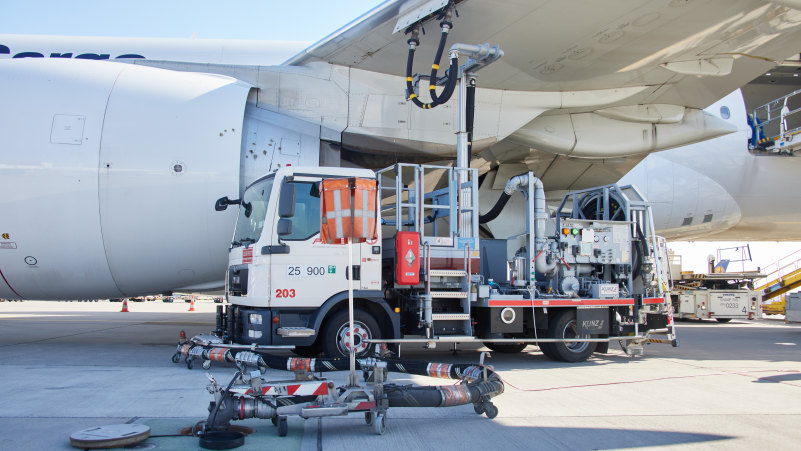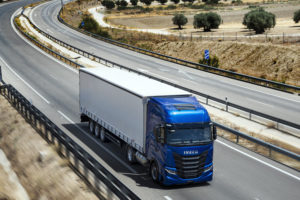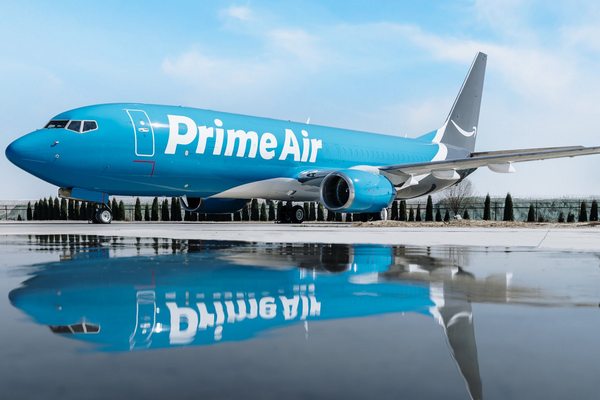According to the market research company Upply, the Italian road freight market has expanded in terms of volume, despite "glaring infrastructural deficiencies." In 2022, the tonnage on Italian roads increased by 6.1% from the previous year, surpassing for the first time since 2013 the one billion tonne mark, in contrast to the overall European market, which decreased by 500 million tonnes. Specifically, Italy handled 1.047 billion tonnes on roads, following Germany (3.061 billion), France (1.631 billion), Poland (1.6 billion), and Spain (1.588 billion).
A staggering 97% of these tonnes were transported domestically, accounting for approximately 85% of the national inland freight transport. In terms of value, Mordor Intelligence estimates that road transport will generate 36 billion euros in 2024, potentially rising to 44.5 billion euros by 2030.
Upply views the performance of Italian road transport positively, rating it above the European average. Post-pandemic, Italian carriers have reportedly recovered quickly, "with a total of 151.1 billion tonne-kilometres transported, transport under the Italian flag saw a growth of 4.2% in 2022 compared to the previous year, the highest increase in the Top 10. Over five years, the cumulative increase reached 21%."
Domestic transport remains largely dominant, accounting for 87.5% of the tonne-kilometres handled by Italian carriers. This sector saw an increase of 2.9% in 2022 over the previous year, and 18.4% over the last five years. According to Upply, "the Italian flag also stands out for a significant increase on the international stage: 14.6% in 2022 and 43% over five years."
Upply also reports on the census of Italian road freight companies based on Eurostat data, which, however, stops at 2020. At that time, Italy had about 58,000 companies, compared to 64,000 five years earlier. This figure is significantly lower than the number of third-party companies registered with the National Register of Road Hauliers, which that year amounted to 98,000, of which 1,685 were suspended and 16,877 were without vehicles. Returning to Upply's research, it states that in 2020 Italian companies had a turnover of about 40 billion euros and employed 350,000 people.
Most companies consist of owner-operated vehicles and micro-enterprises. Upply cites a study released in November 2023 by Confcommercio, indicating that the number of joint-stock companies in road freight transport increased by four thousand units between 2018 and 2023, rising from 22% to 30.2% of the total road freight transport companies.
Another aspect addressed by Upply is the number of industrial vehicles circulating in Italy, using data from the European Association of Vehicle Manufacturers (ACEA). In 2023, the Italian fleet accounted for 969,488 industrial vehicles, with an increase of one percent from the previous year. The average age remains high, at 19.1 years (against the European average of 13.9 years). 98.2% of the vehicles are diesel-powered, compared to an EU average of 96%.
However, Italian road transport is hampered by a "deficient infrastructural network." The motorway network is about seven thousand kilometers and is the sixth most extensive in Europe and the twelfth in the world. Upply also cites a study by Svimez, the association for infrastructure development in Southern Italy, noting a deficiency in the south, where the motorway network represents 1.87 km per 100 km of roads compared to 3.29 km in the north and 2.23 km in the center. Moreover, most roads and motorways were built between the 1960s and 1980s.
Upply points out that "the aging of the infrastructure, a source of congestion, poses a risk to the competitiveness of Italian road freight transport, in addition to the safety issues it raises." The report adds that "on this last point, the collapse of the Genoa bridge in 2018, managed by the Atlantia group, served as a wake-up call." The report cites two studies: the first by the Union of Italian Provinces, which warns that two thousand bridges and viaducts are at risk of collapse due to high traffic density and lack of maintenance; the second, commissioned by the Government, estimates that 1,425 viaduct s have been abandoned, with no operator charged with maintaining these structures. In October 2019, the European Commission asked the Italian government to require concessionaires to restore the network by 2022, threatening infringement proceedings. The matter is still ongoing.
Upply highlights three challenges facing Italian road haulage: driver shortages, rising costs, and decarbonization. Regarding drivers, there is a shortfall of about 20,000 (according to Conftrasporto). Proposals to address the crisis include lowering the age for obtaining higher licenses to 18 and revising regulations to facilitate access to the profession for non-EU citizens, particularly for drivers who have already trained abroad.
Regarding costs, Upply cites a study released in October 2023 by the French National Road Committee, which found that an Italian articulated truck operating internationally cost 1.165 euros per kilometer in 2021, up from 1.12 euros in 2017. This increase is mainly due to drivers and vehicle acquisition costs.

































































